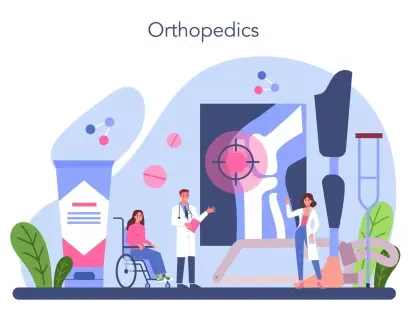I’m thrilled to sit down with Faisal Zain, a renowned healthcare expert with a deep background in medical technology and innovation. With years of experience in the manufacturing of medical devices for diagnostics and treatment, Faisal has a unique perspective on the evolving landscape of healthcare costs and insurance trends. Today, we’ll dive into the pressing issue of rising job-based health insurance premiums, exploring the impact on workers and businesses, the driving forces behind these increases, and what the future might hold for affordability and access to care.
Can you walk us through the latest trends in job-based health insurance premiums for 2025, particularly for family coverage?
Absolutely. According to recent data, premiums for family coverage through employers have risen by 6% in 2025, reaching an average of nearly $27,000 a year. This marks the third consecutive year of such significant increases, which hasn’t happened in two decades. It’s a stark reminder of how quickly these costs are outpacing other economic factors, putting a real strain on families and employers alike.
How do these escalating costs stack up against broader economic indicators like wage growth and inflation?
Over the past five years, family coverage premiums have surged by 26%, which is close to the 29% increase in workers’ wages over the same period but higher than the roughly 24% rise in inflation. This means that even though wages are creeping up, they’re barely keeping pace with health insurance costs, leaving workers with less disposable income for other essentials. It’s a troubling trend that shows healthcare costs are becoming a larger slice of household budgets.
The cost of family coverage is now comparable to buying a new compact hybrid car. How does framing it this way help people grasp the magnitude of these expenses?
Comparing the nearly $27,000 annual premium to something tangible like a new Toyota Corolla hybrid makes the burden more relatable. Most people can visualize the value of a car—it’s a major purchase, something you save for. When you realize that’s what families are shelling out just for health coverage, it hits home how enormous this expense is. It’s not just a number on a paycheck stub; it’s a significant life investment that could otherwise go toward education, housing, or savings.
What unique challenges do small businesses face with these rising premiums, and how does company size play a role?
Small businesses, like many with fewer than 50 employees, are hit hard because they lack the negotiating power of larger corporations to secure better rates from insurers. For instance, at smaller firms, costs might rise by 8% or more annually, and employees often have to cover a big chunk of the premium. This leads to situations where half or more of the workforce opts out of coverage because they can’t afford it or find alternatives through a spouse. Size matters immensely—larger companies can spread costs across a bigger pool, while small businesses are stuck absorbing shocks with limited resources.
Let’s dive into deductibles. How have these out-of-pocket costs evolved for workers over the last decade?
Deductibles have skyrocketed over the past ten years. Now, more than a third of workers with job-based insurance face a deductible of $2,000 or more for individual coverage, a 77% increase in that share since a decade ago. This shift means even with insurance, many can’t afford to use it until they’ve spent thousands out of pocket. It’s a barrier to care, especially for lower-income workers who might delay or skip necessary treatments due to upfront costs.
Drug and hospital costs are often cited as key drivers of premium hikes. Can you break down why these expenses keep climbing?
Certainly. Hospital costs are rising due to consolidation in the healthcare sector, which reduces competition and allows providers to charge more. On the drug side, specialty medications and new therapies, often with high price tags, are a major factor. These include treatments for chronic conditions or innovative drugs that, while effective, come at a steep cost. Without significant policy interventions or market competition to drive prices down, employers and insurers pass these increases onto workers through higher premiums.
There’s growing concern among employers about the cost of weight-loss drugs like GLP-1s. Why are these medications creating such a financial headache?
GLP-1 drugs for weight loss have exploded in popularity due to their effectiveness, but their price—often thousands of dollars per month—creates a huge burden for employers who cover them. Demand is high, and since obesity is a widespread health issue, many workers expect access to these treatments. Some companies are responding by limiting coverage or excluding weight-loss indications altogether, which saves money but raises questions about equity and access to care. It’s a tough balancing act between cost control and employee health needs.
Looking ahead, what is your forecast for the trajectory of job-based health insurance costs and affordability?
I’m cautiously pessimistic in the short term. Early indicators suggest that cost trends for 2026 could be even higher, potentially leading to premium increases of 7% or more unless there’s a concerted effort to address underlying drivers like drug and hospital pricing. Employers might lean harder on cost-sharing with workers, but there’s a limit to how much more employees can bear. On the flip side, innovations in medical technology and potential policy reforms could offer some relief if they focus on transparency and competition. The next few years will be critical in determining whether we see a sustainable path forward or a deepening crisis in affordability.









